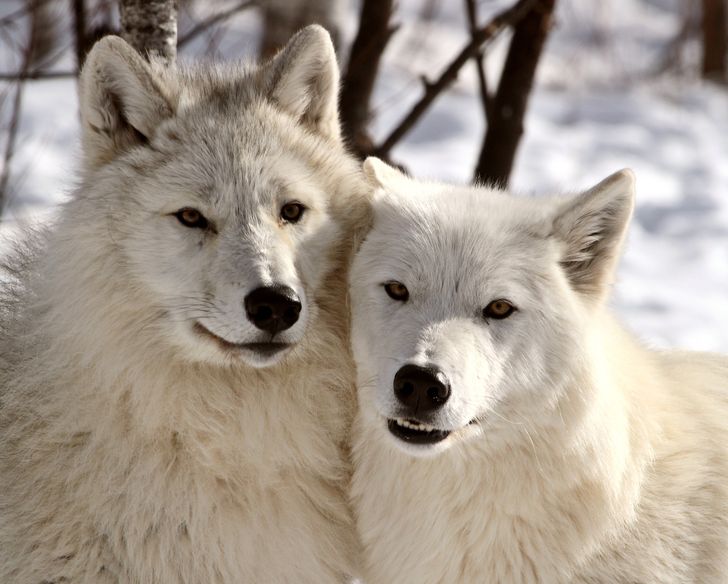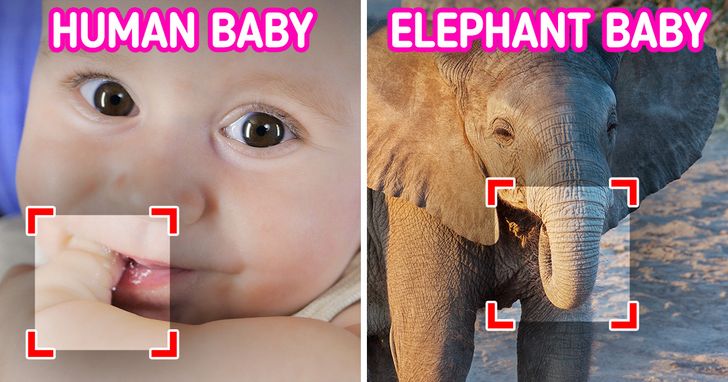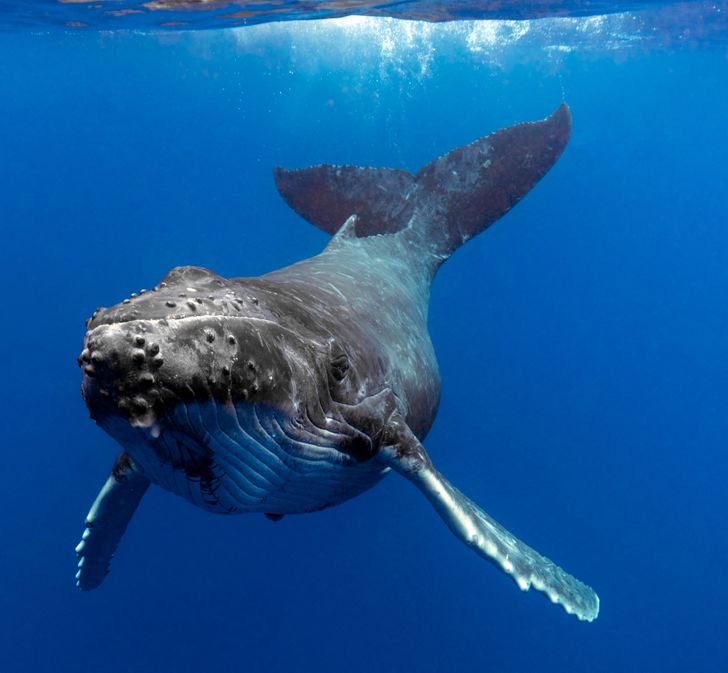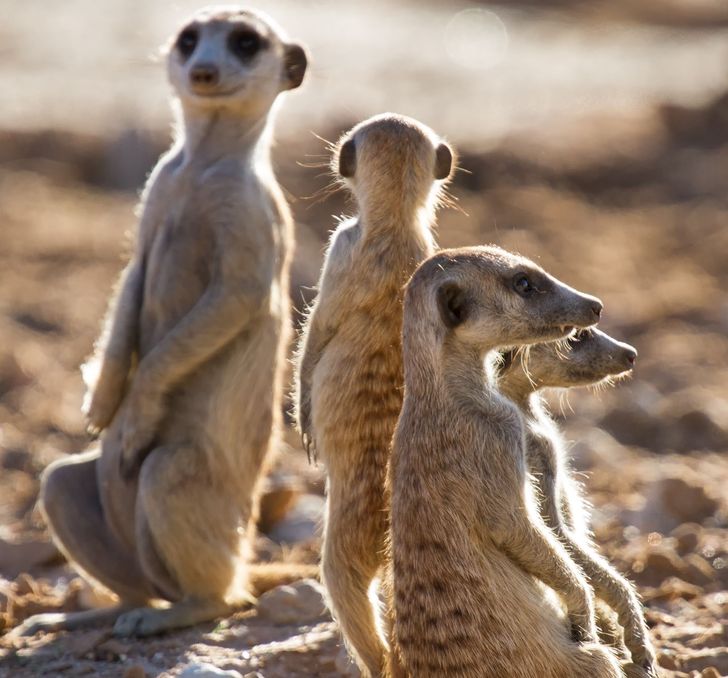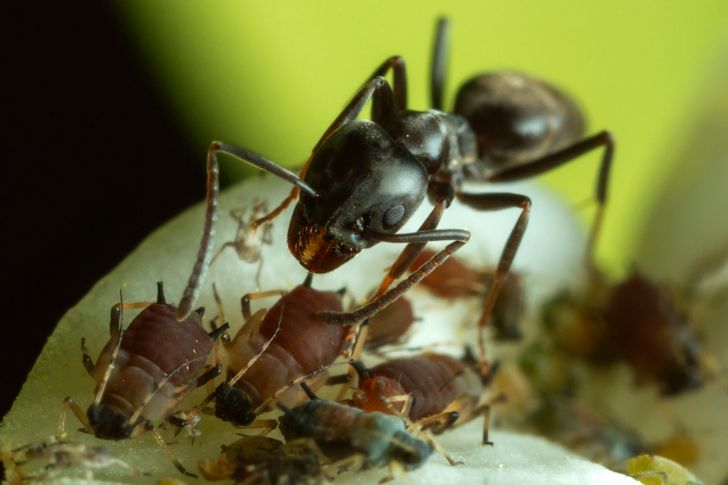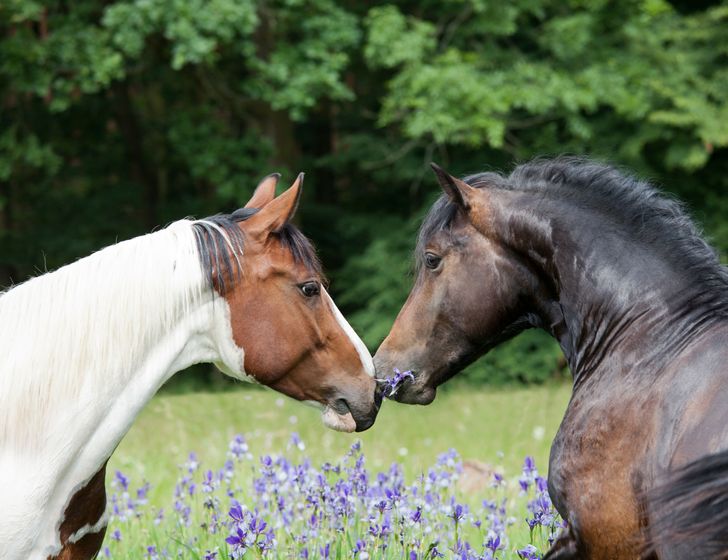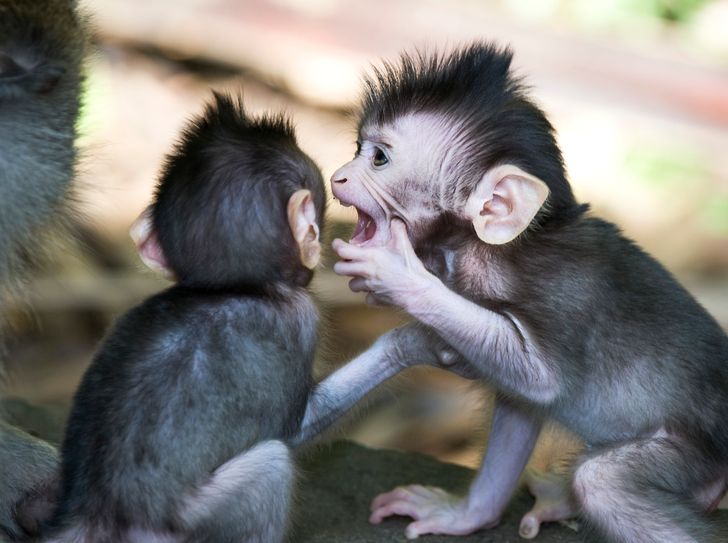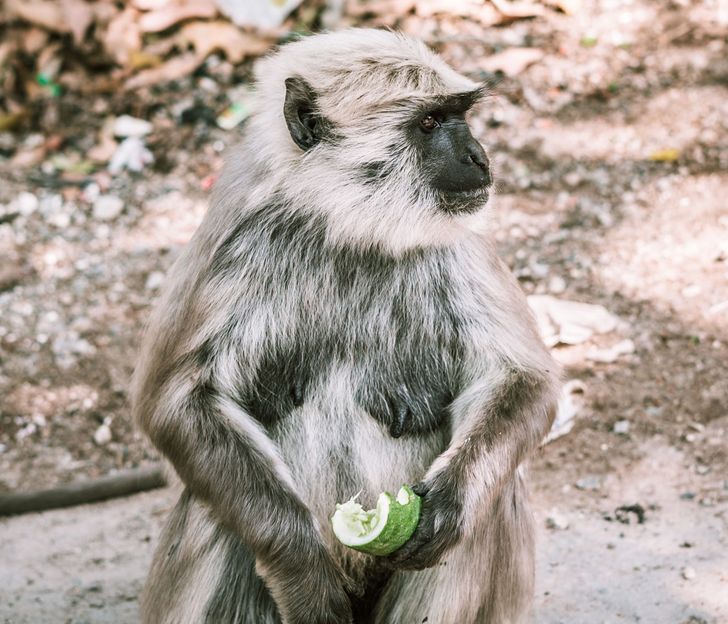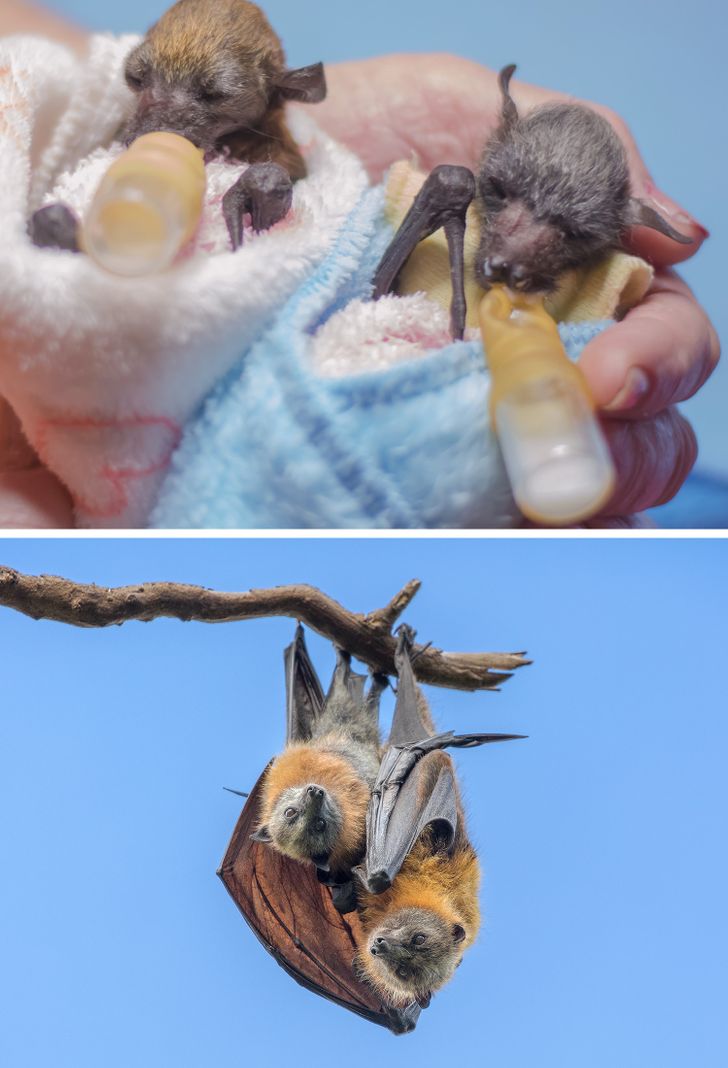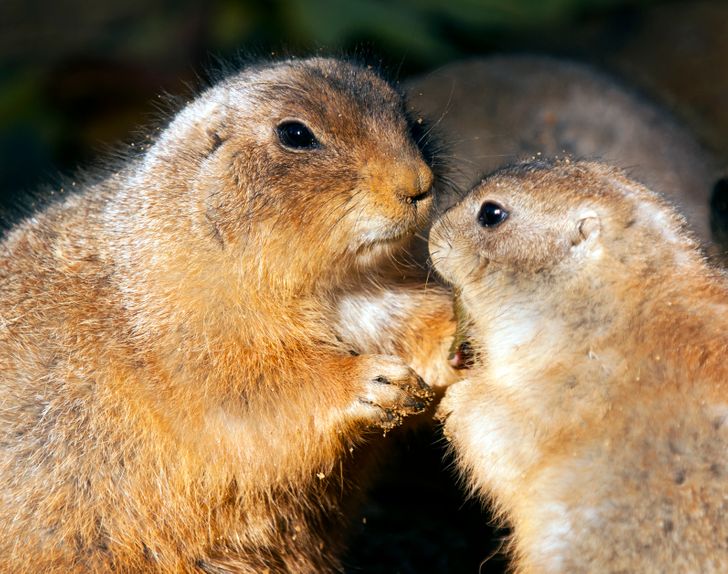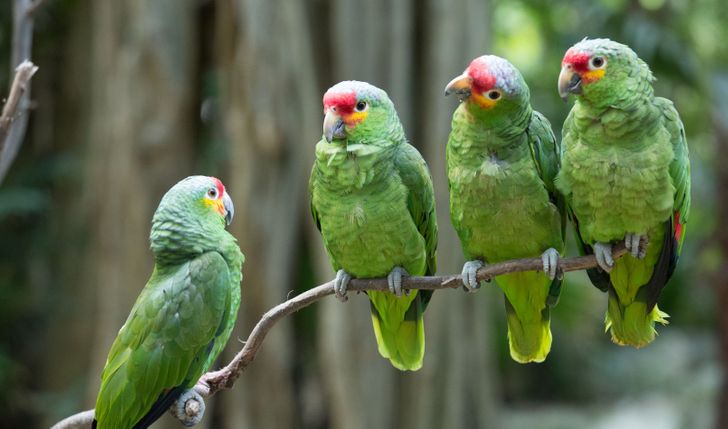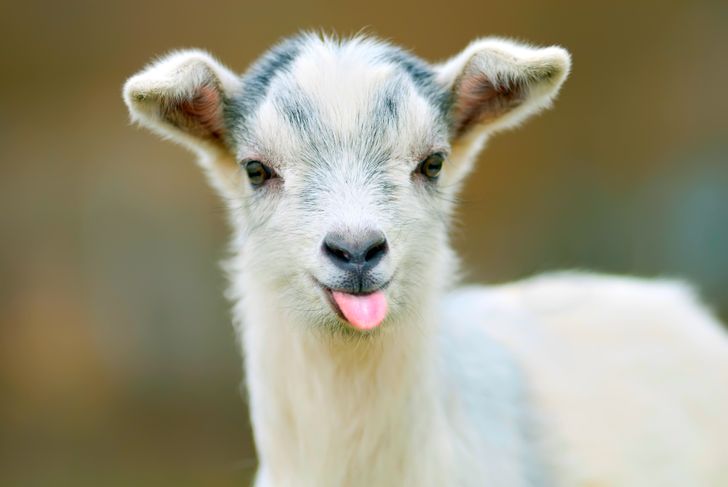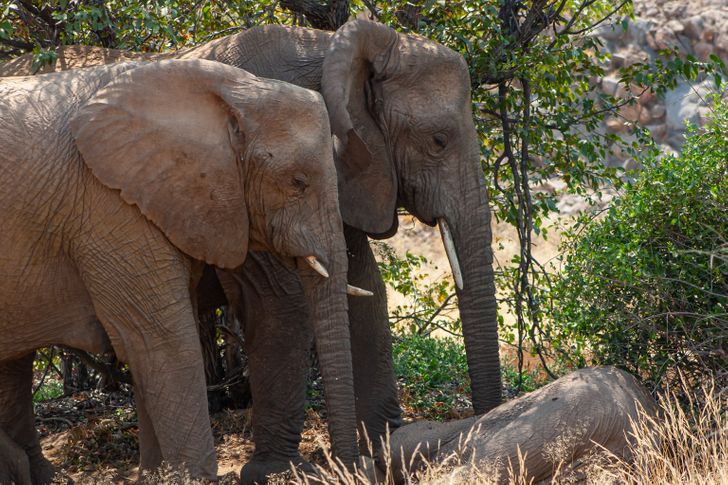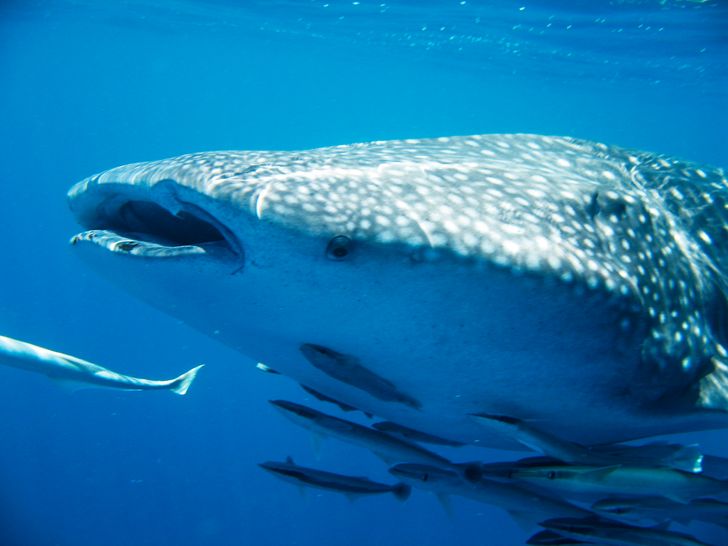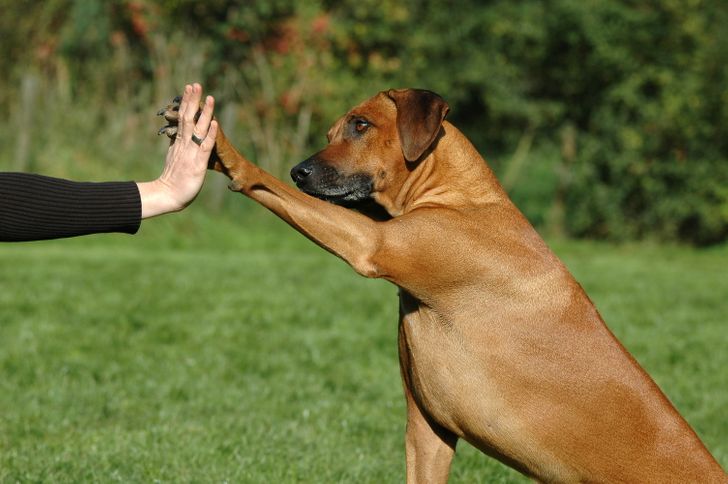Are there whale celebrities in their world like famous singers? :D
15 Behaviors That Animals and Humans Unknowingly Share
Prairie dogs, much like humans, have their own language to communicate. Not only that, animals can actually feel jealousy too! There are lots of human behaviors that some species in the animal kingdom share with us. In this article, we will discuss some of them with you.
We at Bright Side have gathered 15 interesting behaviors that are common between humans and animals, and we would like to share them with you.
1. Wolves get lonely too.
Feeling lonely is something we have in common with wolves, but they express it a little bit differently —with their howl. It can have different meanings, but one of those meanings that we find very interesting and that reminds us of ourselves, is how their howl could simply be a message that says, “I miss you” to their partners, friends, or even pack-leaders.
2. Baby elephants resemble baby humans.
Well, as it turns out, in the same way that babies like to suck on their thumbs for comfort, so do baby elephants, but instead of a thumb, they use their own trunk.
It’s a behavior that can be mostly observed in young elephants, but sometimes, when the older elephants are nervous or unsure about something, they can also suck on their trunk. Some adult humans probably do it too without even realizing it.
3. Whales are popular singers.
Whales sing, and in their own way, some whales are actually able to sing popular songs. Their musical production gets spread around the ocean, and although sometimes the pattern of their songs evolves, the theme of their song will stay the same.
4. Animals can develop irrational fears.
You might have a fear or 2 and you can’t really explain why exactly it exists, well, just like us, animals also have some fears that doesn’t make much sense. They exist in them because of the underlying threat of predators.
Their predators terrorize their prey, and that causes them to act irrationally, even though they might have nothing to fear, but the actual fear itself. This can even affect the way they feed their offspring.
5. Ants are farmers and they also keep pets.
Similar to what we do with our fluffers, ants keep aphids as pets. They keep them close because they’re a good source of food. They don’t eat them though, they eat their secretions, since they are sugary and good for ants.
They’re also farmers. They cultivate and grow fungus, basically the same way we cultivate and grow crops.
6. Animals can fall in love.
7. Monkeys are able to talk with each other using a rich vocabulary.
Studies have shown that monkeys’ chirps and shrieks are actually rich in information. They can also alter the meaning of their communication by chaining different calls together. They do this when they need to communicate with their primate friends about lots of different threats, for example a rival group approaching, or maybe even a fallen tree.
8. Monkeys reject inequality.
Monkeys care deeply about fairness, and they even go as far as feeling insulted when a situation isn’t fair.
In an experiment where monkeys were taught to give pebbles for a slice of cucumber, there was a time when the researcher offered a grape to one of the monkeys, this lead to some of the other monkeys feeling insulted because they preferred grapes over cucumbers. Some even threw the cucumber slice back at the researcher.
9. Baby bats like to be swaddled by blankets in the same way as baby humans do.
When baby bats become orphans, rescuers use tiny little blankets to mimic the warmth of their mother’s wings. Baby humans get wrapped in blankets in exactly the same way.
10. Prairie dogs use language too.
A professor from Northern Arizona University has spent the last 30 years of his life doing research on the communication of prairie dogs. He believes that their calls are able to differentiate very specific traits about what they are describing. For example, if a short human passes by in a yellow shirt, their call would be different than say, one for a tall human with a blue shirt.
It’s very interesting, and they’re calling it “Prairiedogese.”
11. Parrots name their offspring.
Even though parrots name their offspring, they’re not like any of our names. They’re mostly “peeps.”
Weeks after they’re born, parrots use these very specific “peeps” to identify themselves to others, not only that, but they also learn the peeps that correspond to their siblings and parents, and are even able to use them in a parrot conversation.
12. Goats develop accents.
Similar to humans, goats change their “accents” according to their social group. This happens to some of us too. Maybe we spent a little bit too much time with our friend that has a different accent than us, and we start picking up on words and sentences they use, and introduce them into our own vocabulary. Goats do this as well, except instead of words, they do this with their calls.
13. Elephants have funerals too.
Elephants grieve like humans, and they also hold funerals. When one of their own dies, it’s common for the body to be visited by many elephant families over the following days. They also sniff and poke the body, sometimes even touch it with their feet. They’re emotional creatures, just like us.
14. Animals have a trading system.
It’s not uncommon to see animals who have a trading system. One example of this is a cleaner fish. They trade their cleaning services for food. Their “client” comes with parasites stuck to them, the fish eat those parasites, the client is clean and the cleaner fish are fed. It’s a win-win. They attach themselves to their “client” when they’re cleaning them.
15. Animals get jealous.
Jealousy exists in primates and dogs, and any animal with the capability to understand this emotion. They feel jealous when they understand that, on some level, there is a benefit to their relationship — like between a dog and a human. Jealousy is not a nice feeling, but it’s human nature, and apparently, it’s dogs’ and primates’ nature too.
Are you curious about anything having to do with animal behavior? Share your questions with us in the comments!
Comments
fact 11 is really interesting to me... animals are smarter than we think!
The jealousy is something I can see in my dog... he never likes it when I pet my cats :D
Related Reads
17 Families Whose Mornings Start With a Good Dose of Humor

13 Thanksgiving Dramas That Were Juicier Than the Turkey

My Husband Betrayed Me So Hard That I Almost Died, Now Everything Blew Up in His Face

I Found Out My Husband Is Cheating on Me After Our Neighbor Thought Our Marriage Was Open

19 People Who Regretted Their Hospitality

Try to Solve the Mystery Riddle Story in Under 15 Minutes to Find the Culprit

My Mother-in-Law Devoured Our $2000 Wedding Cake, So I Iced Her With Sweet Revenge

16 People That Found Photos With Celebrities in Their Albums

14 Puzzles That Can Challenge Your Intelligence

18 True Stories With Unreal Plot Twists

21 Jaw-Dropping Client Stories That Actually Happened

12 Family Secrets That Deserve a Screen Adaptation

